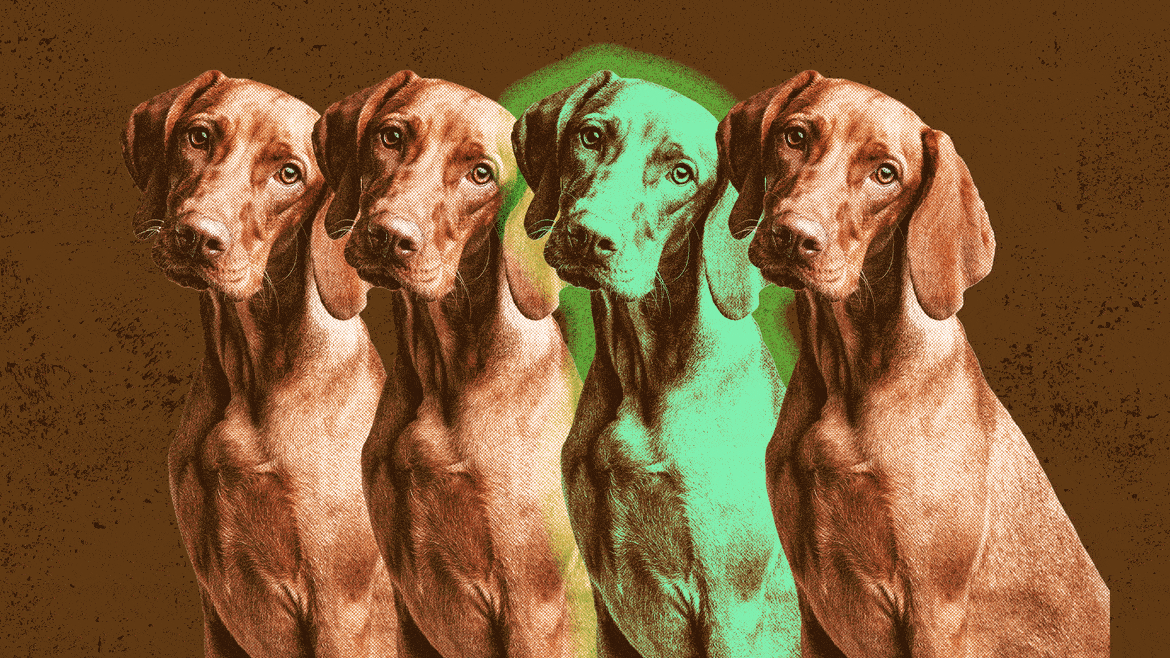Photo Illustration by Luis G. Rendon/The Daily Beast/Pixabay
Roughly 350,000 people evacuated during the 1986 disaster at the Chernobyl Nuclear Power Plant in 1986, leaving their lives and belongings behind to flee the worst nuclear disaster in history. Facets of residents’ lives left behind but often unmentioned are their pets, which evacuees were forbidden to retrieve. Despite the high levels of radiation in the Chernobyl Exclusion Zone, many of these animals survived, and their descendants can be found in and around the region today.
Prancer, one of these dogs, got her name from a dance she does whenever she greets Tim Mousseau’s research team. Mousseau, a biology researcher at the University of South Carolina, has studied the effects of radiation on living organisms in sites like Chernobyl and Fukushima for decades. Usually, however, his subjects are a lot smaller, potentially a result of the extremely harsh conditions created by nuclear radiation.
“These are dogs. You can’t help but love them and develop relationships with them,” he told The Daily Beast. “We think about bringing them home with us every time we go.”
Got a tip? Send it to The Daily Beast here

